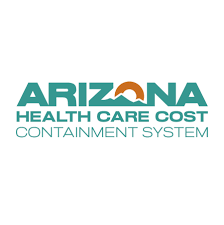In a major and dangerous policy shift, the FDA announced in a New England Journal of Medicine article that updated COVID-19 vaccines will now require randomized, controlled trials for approval in healthy individuals aged 6 months to 64 years.
This marks a departure from previous decades long practice where annual updates were approved based on immune response data, similar to the approach for influenza vaccines.
Under the new guidelines, only older adults and people with high-risk medical conditions will have access to updated COVID-19 vaccines – a change that will affect vaccine for more than 100 million Americans.
Kennedy’s Not-So-Silent War On Vaccination – AZ Public Health Association
This new dangerous policy shift is 100% in line with Kennedy’s longstanding anti vaccine outlook.
Requiring full-scale clinical trials for each updated vaccine variant is logistically impossible, not financially feasible (ROI) and will lead to preventable deaths and hospitalizations. Furthermore, conducting placebo-controlled trials when effective vaccines already exist is ethically questionable.
The FDA’s new policy is likely the first major assault in a long war that Kennedy will be undertaking over the next few years to reduce vaccine accessibility and public health preparedness.
For now, I really don’t have a call to action to stop this harmful decision – although I’ll keep thinking about it.
Note: The CDC’s advisory panel (ACIP) will be voting on this policy shift in June – and may rubber stamp of the FDA’s policy article – which will lead to the CDC no longer recommending the booster to those under 65. Health plans would then stop paying for the vaccine for those populations. ACIP members who vote against the new recommendations will likely be dismissed by Kennedy.
In Below is an excerpt from the NEJM article from this week:
“Moving forward, the FDA will adopt the following Covid-19 vaccination regulatory framework: On the basis of immunogenicity — proof that a vaccine can generate antibody titers in people — the FDA anticipates that it will be able to make favorable benefit–risk findings for adults over the age of 65 years and for all persons above the age of 6 months with one or more risk factors that put them at high risk for severe Covid-19 outcomes, as described by the CDC.”
“For all healthy persons — those with no risk factors for severe Covid-19 — between the ages of 6 months and 64 years, the FDA anticipates the need for randomized, controlled trial data evaluating clinical outcomes before Biologics License Applications can be granted. Insofar as possible, when approving a Covid-19 vaccine for high-risk groups, the FDA will encourage manufacturers to conduct randomized, controlled trials in the population of healthy adults as part of their post marketing commitment.”








